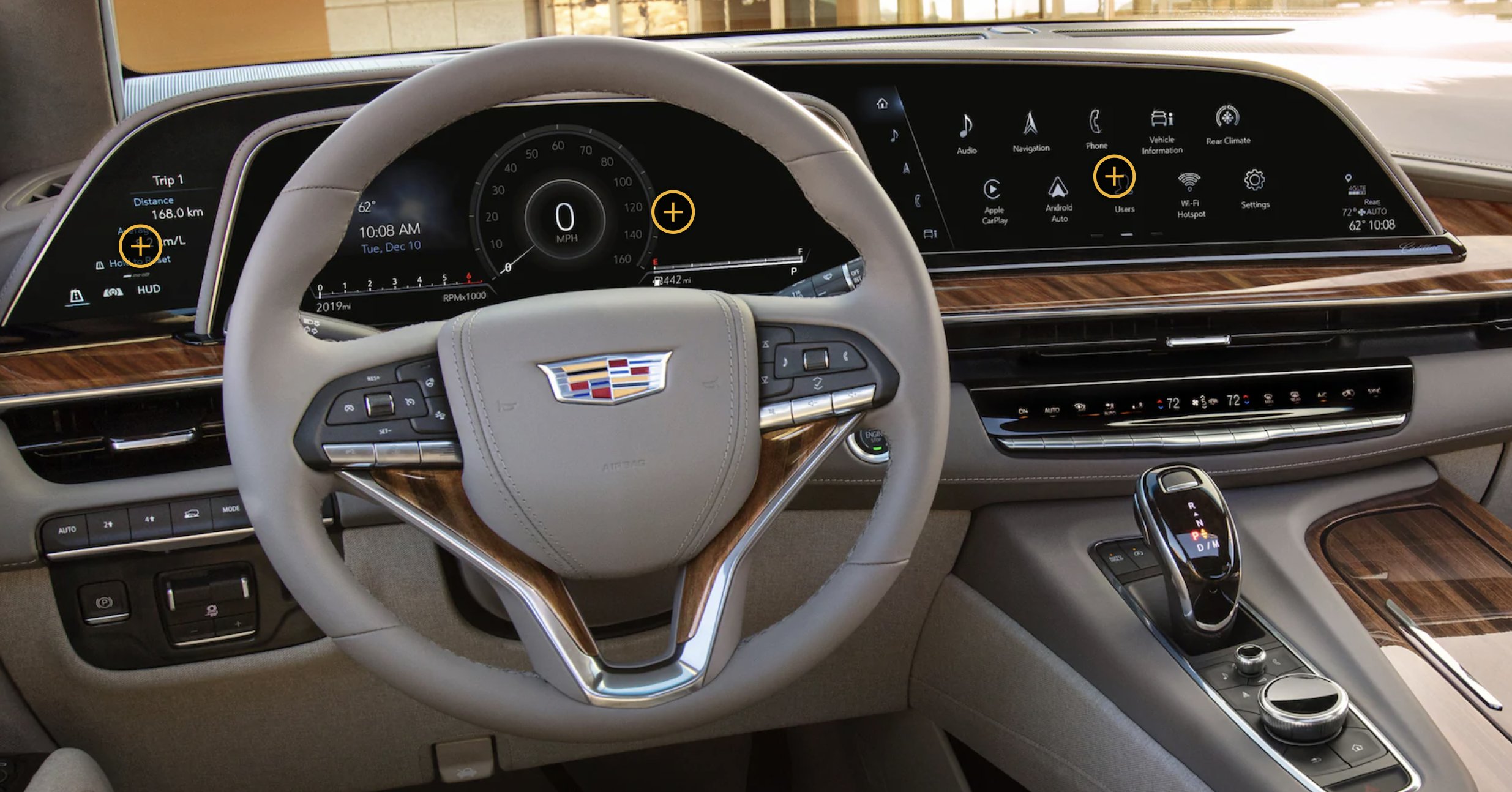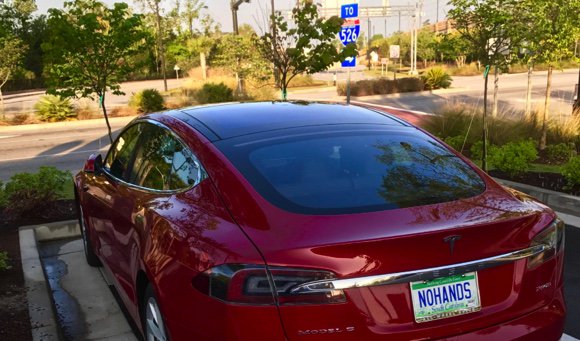Review: The 2021 Cadillac Escalade – Everything a Tesla Isn’t
Happy Valentine’s Day. We’re on our fifth year of our love-hate relationship with Elon and Tesla. After a second purchase of a Tesla with Full Self-Driving (FSD) and no cigar, it’s beginning to smell more like vaporware. Tesla now is morphing FSD into a "feature set" that includes Automatic Lane Changes, Summon from across the garage, AutoPark (maybe and sometimes), Traffic and Stop Sign Alerts, and AutoSteer on City Streets (coming soon). You’ll note that AutoSteer on the highways and… Read More ›



